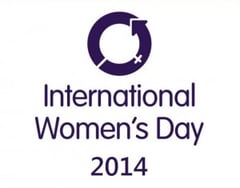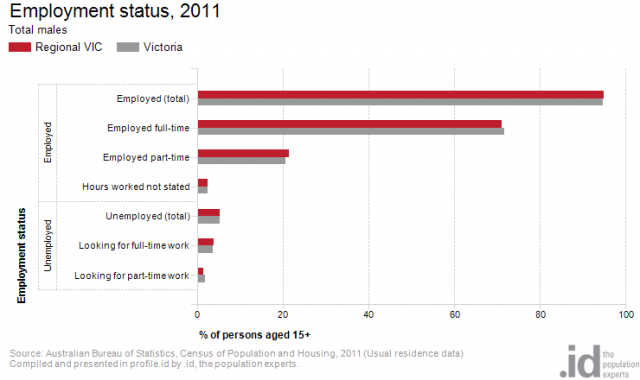UN Secretary-General Ban Ki-moon made this statement in the lead up to this year’s International Women’s Day, “Countries with more gender equality have better economic growth. Companies with more women leaders perform better. Peace agreements that include women are more durable. Parliaments with more women enact more legislation on key social issues such as health, education, anti-discrimination and child support. The evidence is clear: equality for women means progress for all.” What data sources are there available in measuring and monitoring the evidence in gender equality? …

As International Women’s Day approaches it’s time to reflect on progress made, to call for change and to celebrate acts of courage and determination by ordinary women who have played an extraordinary role in the history of their countries and communities.
As we gain increasing numbers of female role models, from politicians to pop cultural icons, our sense that gender equity is improving increases. But is there data to support this, and conversely, what information is available to support informed decisions to target further improvements?
However we chose to measure equality between men and women, be it employment status, earnings, educational attainment, health status, work and family balance, crime victimisation rates, or leadership roles, in Australia, there is good quality evidence to support understanding
Closely coinciding with this year’s International Women’s Day is the upgrade to .id’s community profiles to include a gender selector for many Census data items. .id’s community profiles give users a way to review and analyse data at various geographic levels, from national, state or territory, to local government area level, for multiple census years.
A quick comparison of employment status of males and females in Regional Victoria, compared with Victoria as a whole, shows that 71% of men in Regional Victoria were employed full-time, almost the same proportion as for Victoria (72%). Women in Regional Victoria were less likely to be employed full-time (39%) than the state average (45%).

Employment status of males, Regional Victoria compared with Victoria.
The story is different for part-time work however, with 21% of men working part-time in both Regional Victoria and Victoria as a whole. Women in Regional Victoria were more likely to be employed part-time (54%) than the state average (48%).

Employment status of females, Regional Victoria compared with Victoria.
Meanwhile, the ABS has marked the release of their Gender Indicators publication (cat. no. 4125.0) with an interesting podcast discussion on ‘Gender equality issues in Australia’ between Ms Elizabeth Broderick (Sex Discrimination Commissioner from the Australian Human Rights Commission) and Dr Paul Jelfs (ABS). The ABS data is at a national level only, though has a good time series for some indicators.
As a side note, I’ve just returned from an inspiring talk by Alison Bechdel, cultural icon, talented graphic novelist, and engaging speaker. Alison is well known for introducing what is now known as the Bechdel test, which is an indicator of gender bias in films, it was first introduced in a comic story called ‘The Rule’.
Alison’s talk was so warmly received by the Melbourne audience. I am sure that everyone present was deeply inspired by her work, and though she might not see it this way, her courage to follow ‘the road less travelled’ in becoming a politicized graphic novelist does make her an unconventional but compelling role model for future generations.

To access demographic profiles across Australia including a gender breakdown, visit our demographic resource centre.






.png)





